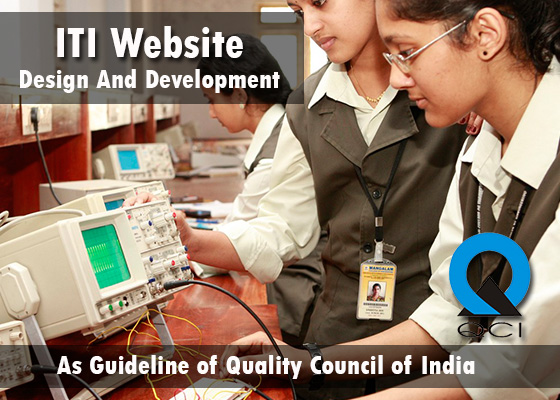Teamwork and Team Building
For most of us, teamwork is a part of everyday life. Whether it’s at home, in the community, or at work, we are often expected to be a functional part of a performing team, with our own contribution. Having a strong team is at the core of successful companies, from start-up to conglomerates.
Explore the different aspects of a team, as well as ways that you can become a top-notch team performer. Cover the details and concepts of what makes up a team, and what factors equal a successful team and team member.
In this course you will:
Describe the concept of a team, and its factors for success
Explain the four phases of the Tuckman team development model and define their characteristics
List the three types of teams
Describe actions to take as a leader – and as a follower for each of the four phases (Forming, Storming, Norming and Performing)
Discuss the uses, benefits, and disadvantages of various team-building activities
Describe several team-building activities that you can use, and in what settings
Follow strategies for setting and leading team meetings
Detail problem-solving strategies using the Six Thinking Hats model — and one consensus-building approach to solving team problems
List actions to do — and those to avoid — when encouraging teamwork
For most of us, teamwork is a part of everyday life. Whether it’s at home, in the community, or at work, we are often expected to be a functional part of a performing team, with our own contribution. Having a strong team is at the core of successful companies, from start-up to conglomerates.
Explore the different aspects of a team, as well as ways that you can become a top-notch team performer. Cover the details and concepts of what makes up a team, and what factors equal a successful team and team member.
In this course you will:
- Describe the concept of a team, and its factors for success
- Explain the four phases of the Tuckman team development model and define their characteristics
- List the three types of teams
- Describe actions to take as a leader – and as a follower for each of the four phases (Forming, Storming, Norming and Performing)
- Discuss the uses, benefits, and disadvantages of various team-building activities
- Describe several team-building activities that you can use, and in what settings
- Follow strategies for setting and leading team meetings
- Detail problem-solving strategies using the Six Thinking Hats model — and one consensus-building approach to solving team problems
- List actions to do — and those to avoid — when encouraging teamwork
Course Content
Lessons
Module One: Getting Started
Module Two: Defining Success
Module Three: Types of Teams
Module Four: The First Stage of Team Development – Forming
Module Five: The Second Stage of Team Development – Storming
Module Six: The Third Stage of Team Development – Norming
Module Seven: The Fourth Stage of Team Development – Performing
Module Eight: Team Building Activities
Module Nine: Making the Most of Team Meetings
Module Ten: Solving Problems as a Team
Module Eleven: Encouraging Teamwork
Module Twelve: Wrapping Up
Lessons
Module One: Getting Started
Module Two: Defining Success
Module Three: Types of Teams
Module Four: The First Stage of Team Development – Forming
Module Five: The Second Stage of Team Development – Storming
Module Six: The Third Stage of Team Development – Norming
Module Seven: The Fourth Stage of Team Development – Performing
Module Eight: Team Building Activities
Module Nine: Making the Most of Team Meetings
Module Ten: Solving Problems as a Team
Module Eleven: Encouraging Teamwork
Module Twelve: Wrapping Up
ITI Student Resume Portal
रिज्यूम पोर्टल का मुख्य उद्देश्य योग्य छात्रों की जानकारी सार्वजनिक पटल पर लाने की है जिससे जिन्हें आवश्यकता हो वह अपने सुविधा अनुसार छात्रों का चयन कर सकते हैं

